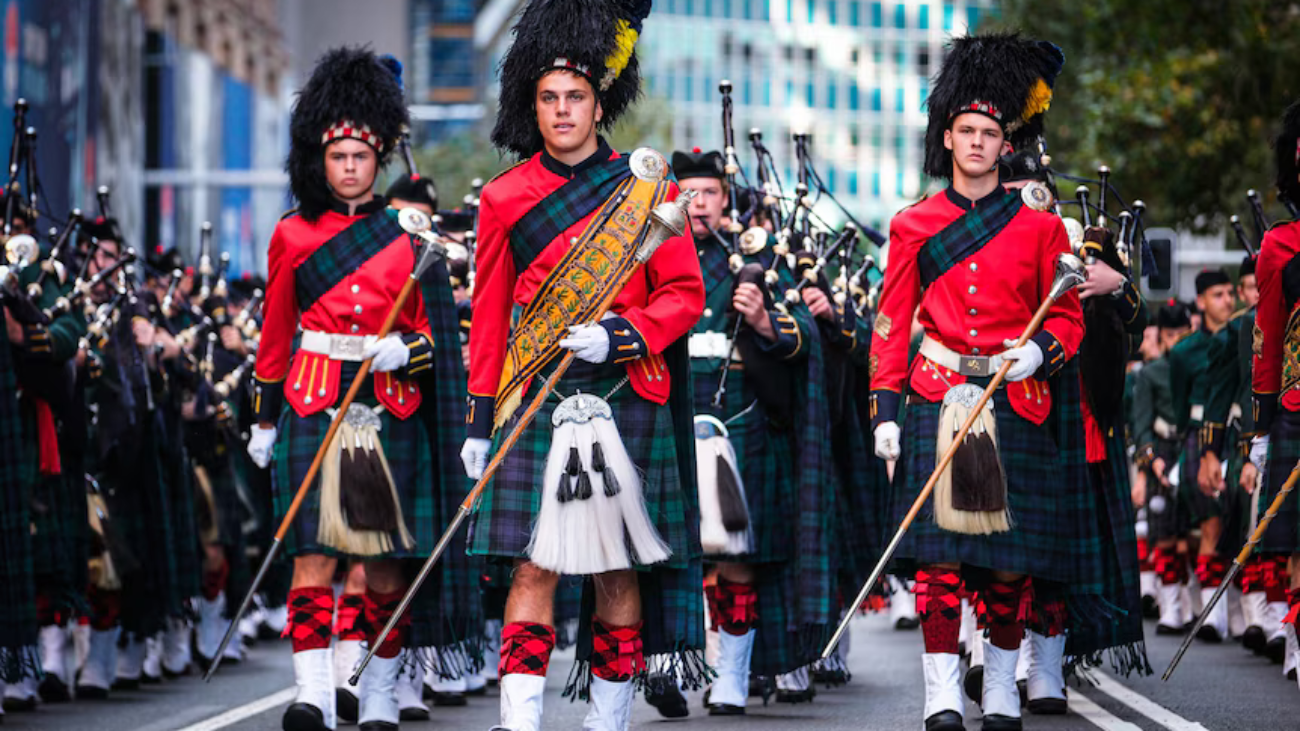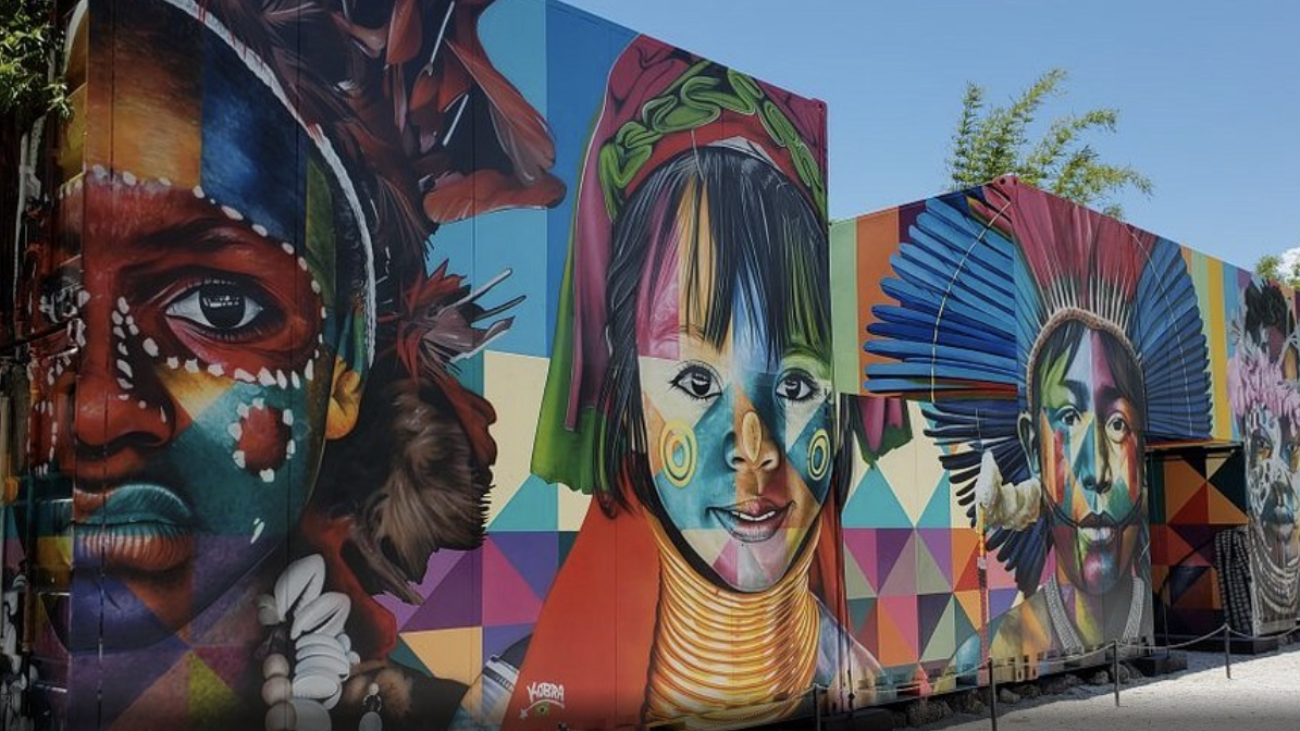Australia is home to some of the most unique and diverse wildlife on the planet, with many species found nowhere else in the world. From the bouncing kangaroos to the sleepy koalas and the enigmatic platypuses, Australia’s fauna offers a glimpse into an extraordinary ecosystem shaped by millions of years of isolation. This article will explore some of these iconic animals, diving into their habits, habitats, and what makes them so special.
Kangaroos: The Bounding Icons of the Outback
Kangaroos are perhaps the most recognizable symbols of Australia. These marsupials are known for their powerful hind legs and remarkable jumping ability, which allows them to cover vast distances across the rugged Australian landscape. There are four main species of kangaroos: the red kangaroo, eastern grey kangaroo, western grey kangaroo, and antilopine kangaroo. Kangaroos are social animals that usually travel in groups called mobs, feeding on grasses and shrubs. They have adapted to Australia’s varied climates, from the arid outback to more temperate forests, and play a critical role in their ecosystems as grazers that help manage vegetation growth.
Koalas: The Sleepy Eucalyptus Lovers
The koala, often incorrectly referred to as a “koala bear,” is a tree-dwelling marsupial famous for its fluffy ears, round nose, and an endearing sleepy demeanor. Koalas are herbivores that feed almost exclusively on eucalyptus leaves, which are low in nutrition and high in fibrous content, contributing to their low-energy, sleepy lifestyle. They sleep up to 18-22 hours a day to conserve energy. Found mainly along the eastern and southern coasts of Australia, koalas face threats from habitat destruction, climate change, and diseases like chlamydia. Conservation efforts are crucial to ensuring the survival of these adorable creatures.
Platypuses: The Oddballs of Nature
The platypus is one of the most peculiar creatures in Australia, and indeed the world. With a duck-bill, webbed feet, and the body of an otter, the platypus defies easy classification and was initially thought to be a hoax by European scientists. This egg-laying mammal, known as a monotreme, is a solitary nocturnal animal that resides in freshwater rivers and streams in eastern Australia, including Tasmania. Platypuses hunt underwater, using their bills to detect electric signals emitted by prey like insects, worms, and shellfish. Despite their bizarre appearance, they are perfectly adapted to their environment, and their presence is an indicator of a healthy ecosystem.
Other Remarkable Wildlife: Beyond the Big Three
While kangaroos, koalas, and platypuses often steal the spotlight, Australia is teeming with a multitude of other fascinating creatures. The country is home to over 800 species of birds, including the emu, the kookaburra, and the cassowary, which is known as one of the most dangerous birds due to its powerful kick. Reptiles like the saltwater crocodile, which is the largest living reptile, and the venomous inland taipan snake, which holds the title of the most venomous snake in the world, also make their home here. Australia’s unique climate and geography have created a diverse range of habitats, supporting life forms that are as beautiful as they are bizarre.
The Threats Facing Australia’s Wildlife
Despite its rich biodiversity, Australia’s wildlife faces significant threats from human activities. Urbanization, deforestation, and agricultural expansion have led to habitat loss, while introduced species such as foxes and rabbits have disrupted local ecosystems. Climate change also poses a growing threat, with increased bushfires, prolonged droughts, and changing weather patterns impacting the survival of many species. Efforts to protect Australia’s unique wildlife include national parks, wildlife corridors, and various conservation programs aimed at restoring habitats and managing populations.
Conservation and the Future of Australia’s Wildlife
The future of Australia’s unique wildlife depends on the actions taken today. Conservation organizations, indigenous communities, scientists, and local governments are working together to protect these animals and their habitats. Sustainable practices, habitat restoration projects, and public awareness campaigns are vital in ensuring these incredible species continue to thrive. By understanding and appreciating Australia’s unique wildlife, we not only help protect these animals but also safeguard a crucial part of the world’s natural heritage.
This rich tapestry of unique species, shaped by millions of years of isolation, offers a glimpse into a world unlike any other. Australia’s wildlife continues to captivate and inspire, reminding us of the importance of preserving these creatures for future generations.






